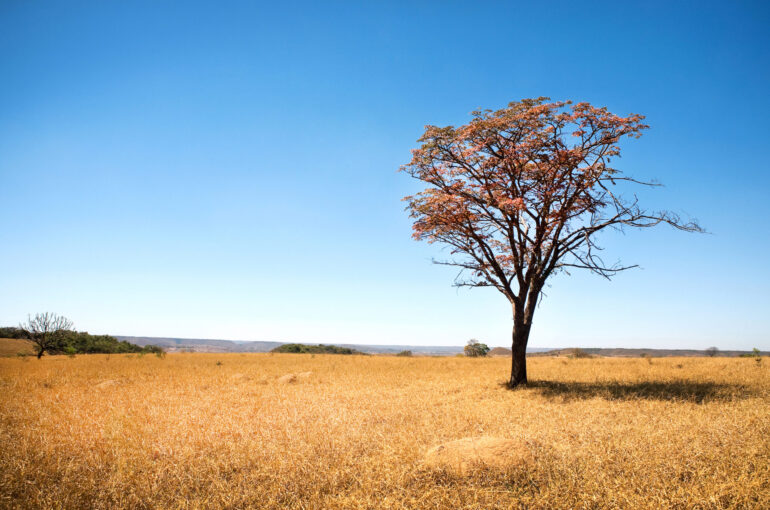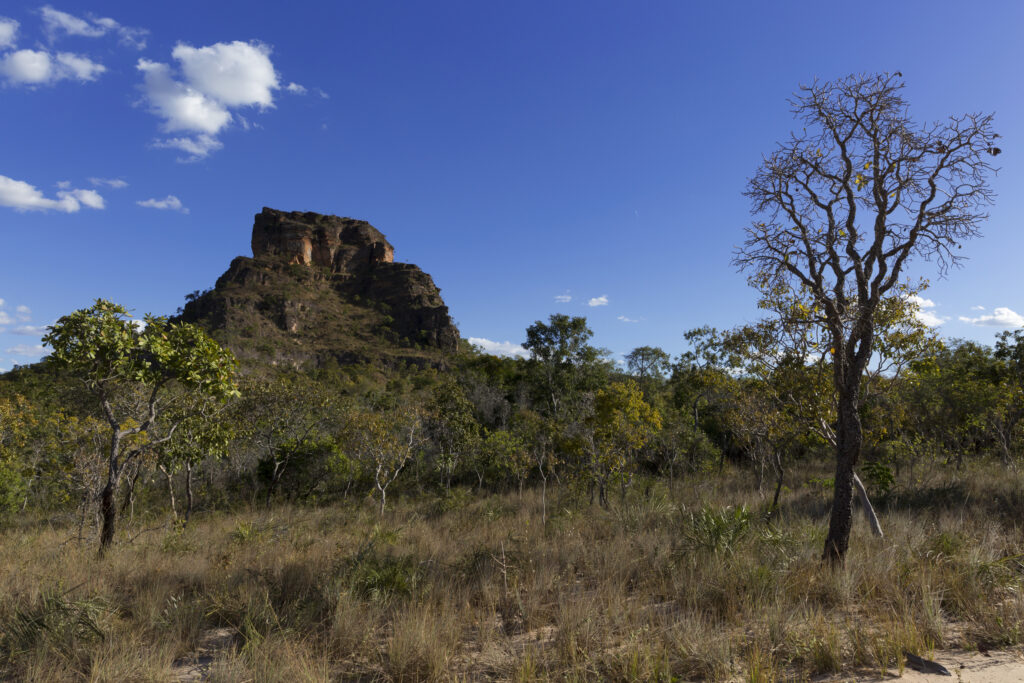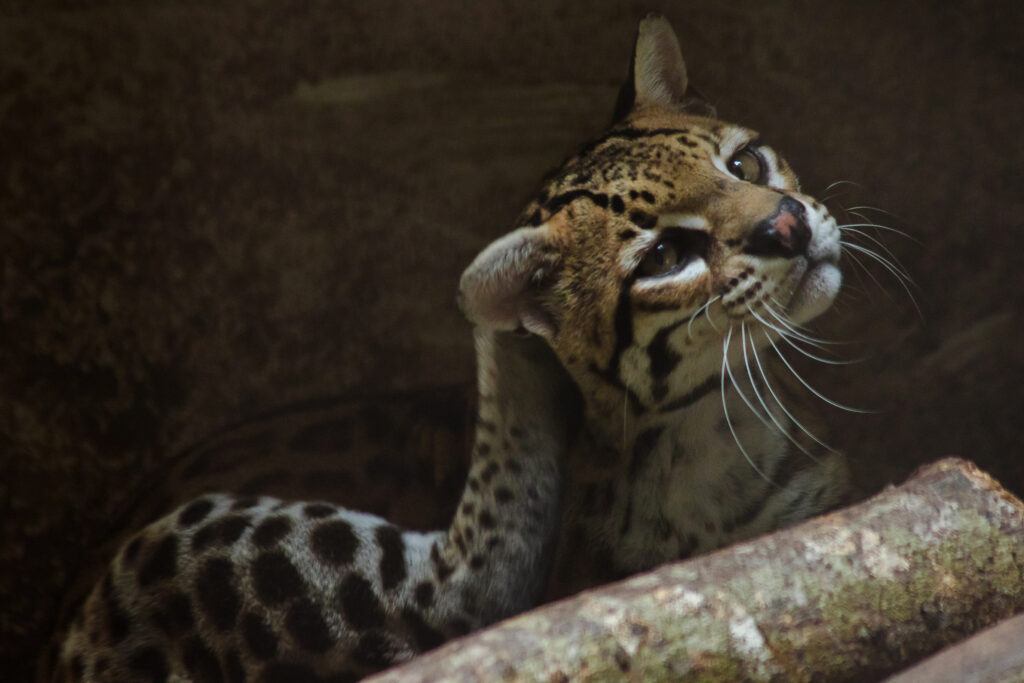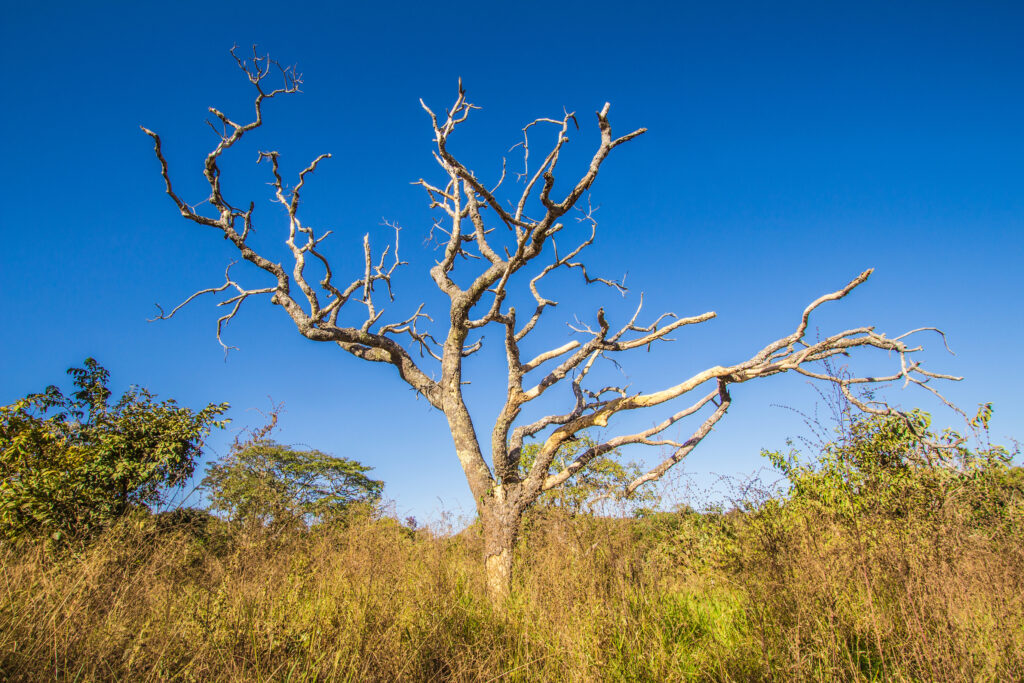Cerrado: the Biodiversity and Challenges of this Brazilian Biome!
Cerrado: the Biodiversity and Challenges of this Brazilian Biome!

The Cerrado is one of the most impressive and biodiverse biomes in Brazil, with a unique wealth of flora and fauna. In this article, we will delve deeper into our understanding of the Cerrado, exploring its characteristics, conservation challenges, and the crucial role this biome plays in Brazilian ecology.
General Characteristics
The Cerrado is a hidden treasure in the heart of Brazil, covering a vast area that extends over 2 million square kilometers. This biome houses a remarkable diversity of life, including more than 11,000 plant species, many of which are endemic, and a variety of fauna ranging from jaguars to rare birds.
Cerrado Climate and Vegetation
One of the distinctive features of the Cerrado is its seasonal tropical climate. The wet and dry seasons shape the landscape and vegetation of this biome. During the wet season, the landscape comes to life with vibrant colors, while the dry season sees vegetation adapting to the lack of water.
The Cerrado’s vegetation is diverse and unique. You will find savannas interspersed with twisted trees and drought-resistant grasses. This unique landscape hosts a surprising variety of wildlife, including jaguars, anteaters, maned wolves, and numerous unique birds, reptiles, and insects.

The Amazing Jaguatirica (Ocelot)
Among the fascinating species that inhabit the Cerrado, the ocelot stands out. This medium-sized feline is a true gem of Brazilian fauna. With a body ranging from 64 to 101.5 cm and weighing between 7 to 16 kg, the ocelot is agile and possesses excellent night vision, making it a highly efficient nocturnal predator.
Its coat displays spots on a yellow and grayish background, making it one of the most beautiful species in the biome. The ocelot is often associated with local legends due to its elusive behavior, making it even more intriguing.
The ocelot plays a significant role in regulating prey populations and maintaining the balance of the ecosystems it inhabits. However, they have a relatively low reproduction rate, typically giving birth to two cubs per litter.

Conservation Challenges
Unfortunately, the Cerrado faces significant environmental conservation challenges. As Brazil continues to grow and develop, the biome feels the impacts. The Cerrado faces significant challenges due to factors such as:
- Expansion of Agriculture and Livestock: The growth of agriculture and livestock has led to the loss of the Cerrado’s natural habitat as areas are converted into farmland and pastures.
- Habitat Fragmentation: The conversion of the Cerrado into pockets of vegetation surrounded by agricultural and urban areas leads to habitat fragmentation, isolating animal populations and making it difficult to find food and mates.
- Human-Wildlife Conflicts: Urban expansion increases conflicts between humans and wildlife, leading to control measures that affect native species.
- Climate Change: Climate change affects rainfall patterns and the availability of natural resources, impacting the distribution and survival of species.
Jaguars, pumas, ocelots, which call the Cerrado their home, are under increasing pressure due to human influences on nature. These large felines play a crucial role in regulating prey populations and ecosystem health. We need to take action!

Conservation of biomes through art: join the Jaguar Parade!
Initiating a conservation-focused dialogue about the Cerrado is essential to protect its unique biodiversity and ecosystem integrity. It is crucial for society to be aware of the challenges the Cerrado faces and the value of this biome. Education plays an essential role in raising awareness and mobilizing people.
The Cerrado is an ecological treasure of Brazil, harboring an extraordinary diversity of wildlife. Through awareness and support for conservation projects, we can help ensure that the Cerrado continues to thrive and contribute to Brazilian biodiversity. Join the cause and make a difference in preserving this incredible biome!



